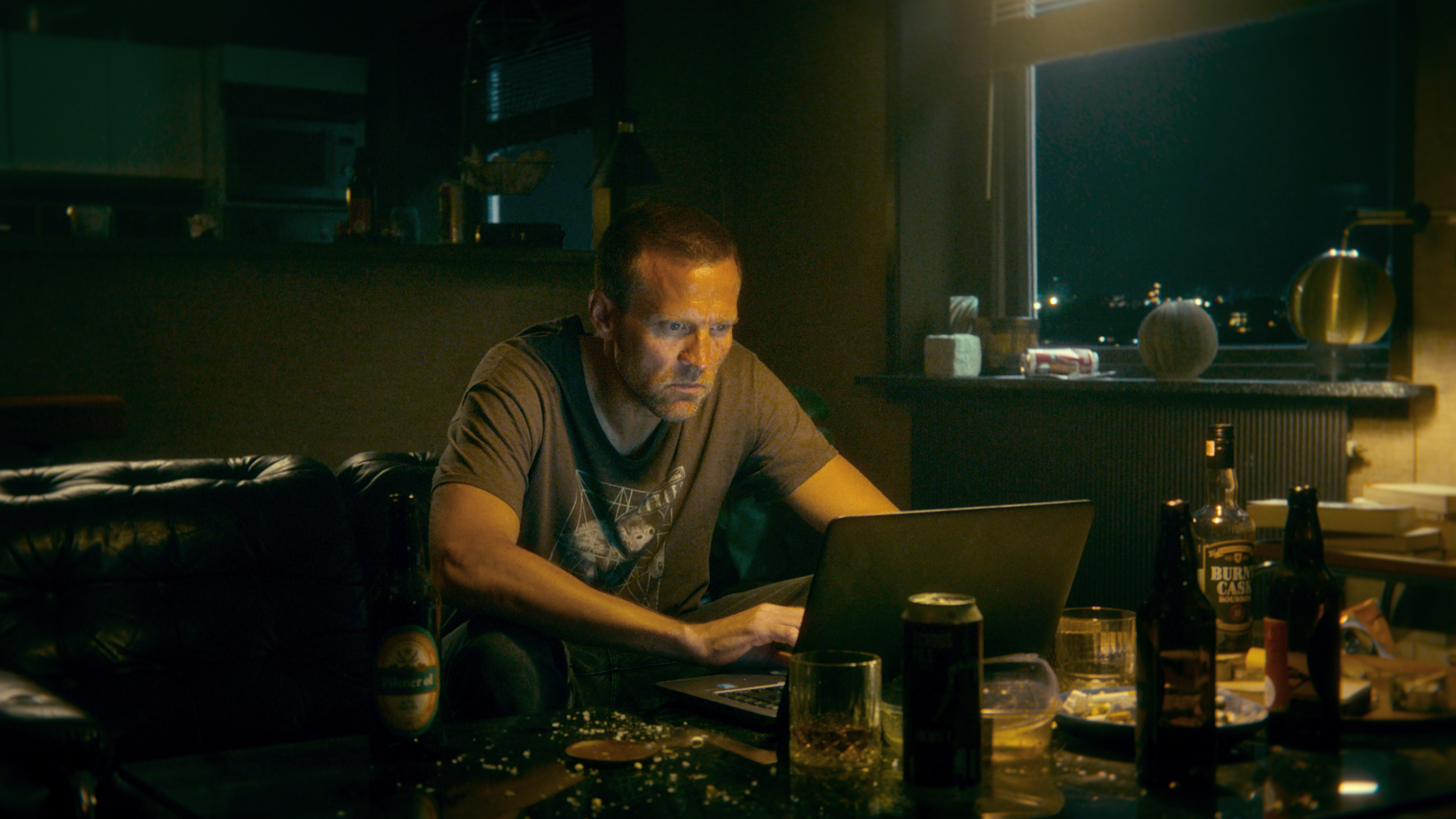Why are Netflix's top movies so bad?
Why are people watching so many terrible movies?

The Netflix Top 10 list hasn’t been around for that long, but it’s already a staple part of the streamer’s experience. Because seeing what other people appear to be enjoying is a great way to filter out the magnitudes of content on offer. The problem is, a lot of stuff that pops up is, to put it bluntly, garbage.
The top 10 movies list is particularly prone to featuring some absolutely horrible movies. Some flopped at the box office, others were hated by critics and audiences and the rare few are some combination of all three. And yet, not only do they make it into the Netflix Top 10, they tend to stick around for a few days.
I don’t necessarily mean original Netflix movies, which have a reputation for being a special kind of bad normally reserved for bargain bins. I mean all movies, including the ones that were released to movie theaters, and eventually found their way to streaming services.
The worst of the worst rank highly on Netflix
Movies like Morbius which was, by most accounts, the kind of trash you’d get a prison sentence for if you dumped it in a river. Not only did it seriously underperform at the box office, it flopped a second time when Sony re-released the movie in theaters. And yet, Morbius immediately shot to the top of the Netflix top 10 as soon as it was released.
A casual glance at the top 10 as I write this sees a number of movies that are also pretty derided. For example Ridley Scott’s Robin Hood (which has a 43% score on Rotten Tomatoes), the overly-long would-be franchise that featured Russel Crowe’s constantly shifting accent. At least this one is semi-watchable, unlike the one with Taron Egerton.

Then there’s Last Seen Alive, featuring Gerrard Butler, which has an 18% RT score with a lowly 37% audience score on Rotten Tomatoes, which has ranked in the top 10 in the U.S. for several days now. Inheritance, featuring the normally quite respectable Lily Collins and Simon Pegg, is also there — despite garnering a 32% score from viewers. And, of course, the less said about Blonde the better.
Granted not all movies in the Netflix top 10 are bad. Mr and Mrs Smith isn’t half bad, and the first two Rush Hour movies are a fun way to spend a few hours (Even if Chris Tucker is something of an acquired taste). Then there’s Jexi, starring Adam DeVine, which clocked a 21% Rotten Tomatoes score from critics but a far more respectable 71% from audiences.
Get instant access to breaking news, the hottest reviews, great deals and helpful tips.
The list is always fluctuating, but part of my daily routine is checking the current machinations of Netflix viewers. And, I have noticed that bad movies do pop in and out of the list with increased regularity.
Why do Netflix audiences love bad movies so much?
There are a bunch of reasons why Netflix viewers might want to watch terrible movies. The simplest is that they actually like doing it for whatever reason.
Some people actually revel in the viewing of terrible movies, embracing how bad they are and finding some enjoyment in the whole process. You only need to look at the fandom that sprung up around Tommy Wiseau’s The Room (not to be confused with 2015’s Room starring Brie Larson) to see that in action.

Other people just want to watch something, anything, and the dumbest most god-awful movie is the perfect recipe for switching your brain off for a couple of hours and chilling out. Unless a movie is so bad it physically makes you recoil or cringe, there’s no harm in sitting through two and a half hours of Russel Crowe deliberately ignoring his elocution training.
You also need to account for the curiosity of the viewer. Morbius got more attention online as meme fodder than it ever did from movie-going audiences. So by the time it hit Netflix there would have been legions of people who were exposed to “Morbin’ Time” memes, but never felt the urge to pay and experience it themselves.
It’s enough to prompt some morbid curiosity about what Morbius is actually about.
But once Morbius hit Netflix? Well it's basically free to watch as many times as they like. So long as they pay ten bucks a month to maintain their subscription, they can morb out in front of the TV as much as they like.
Morbius is also a movie that got a lot of negative attention in the weeks following its theatrical release. The movie was not good for a variety of reasons, didn’t make much money, and Sony re-released the movie and made very little extra money. The movie may have been the subject of many memes, but it didn’t take a genius to spot that those memes were laughing at Morbius instead of with it.
It’s enough to prompt some morbid curiosity about what this movie is actually about. And if it’s free, you might as well give it a try. At least Matt Smith seemed to be having the time of his life.
Plus, once content hits the Netflix top 10 it’s going to end up with a brand new way to get people’s attention. And if there isn’t much the general public loves more than jumping on a trend.
Bottom Line
When it comes down to it, does anyone really know why people do the things they do? Maybe psychologists have some idea, but the rest of us just have to guess and try to figure out why so many people want movies starring Adam Sandler and the same group of his friends.
Just be wary about making your viewing decisions based on what Netflix says everyone else has been watching. Just because a lot of people are watching one thing doesn’t mean it’s good, even if they claim to really enjoy it. Just look at Attack of the Clones.
But if you are stuck for something to watch, Netflix does have some good content. We’ve rounded up the best Netflix movies and the best Netflix shows available right now. This way, you shouldn’t have to resort to watching Gerrard Butler’s career continue to spiral out of control in order to entertain yourself.
Read next: Jeffrey Dahmer is the subject of another Netflix hit thanks to a new true crime series

Tom is the Tom's Guide's UK Phones Editor, tackling the latest smartphone news and vocally expressing his opinions about upcoming features or changes. It's long way from his days as editor of Gizmodo UK, when pretty much everything was on the table. He’s usually found trying to squeeze another giant Lego set onto the shelf, draining very large cups of coffee, or complaining about how terrible his Smart TV is.
